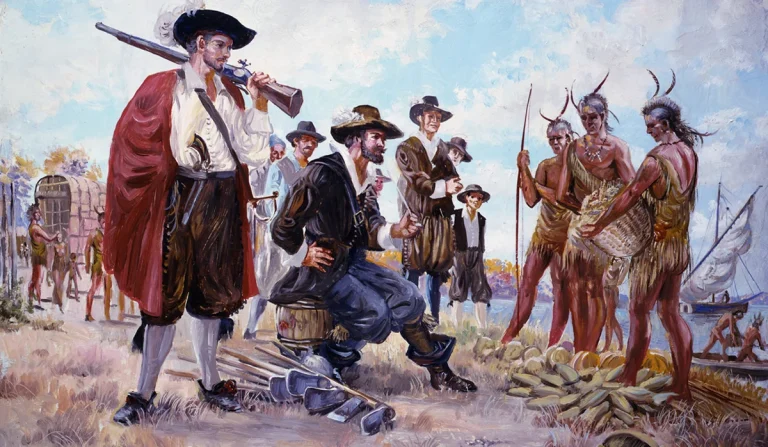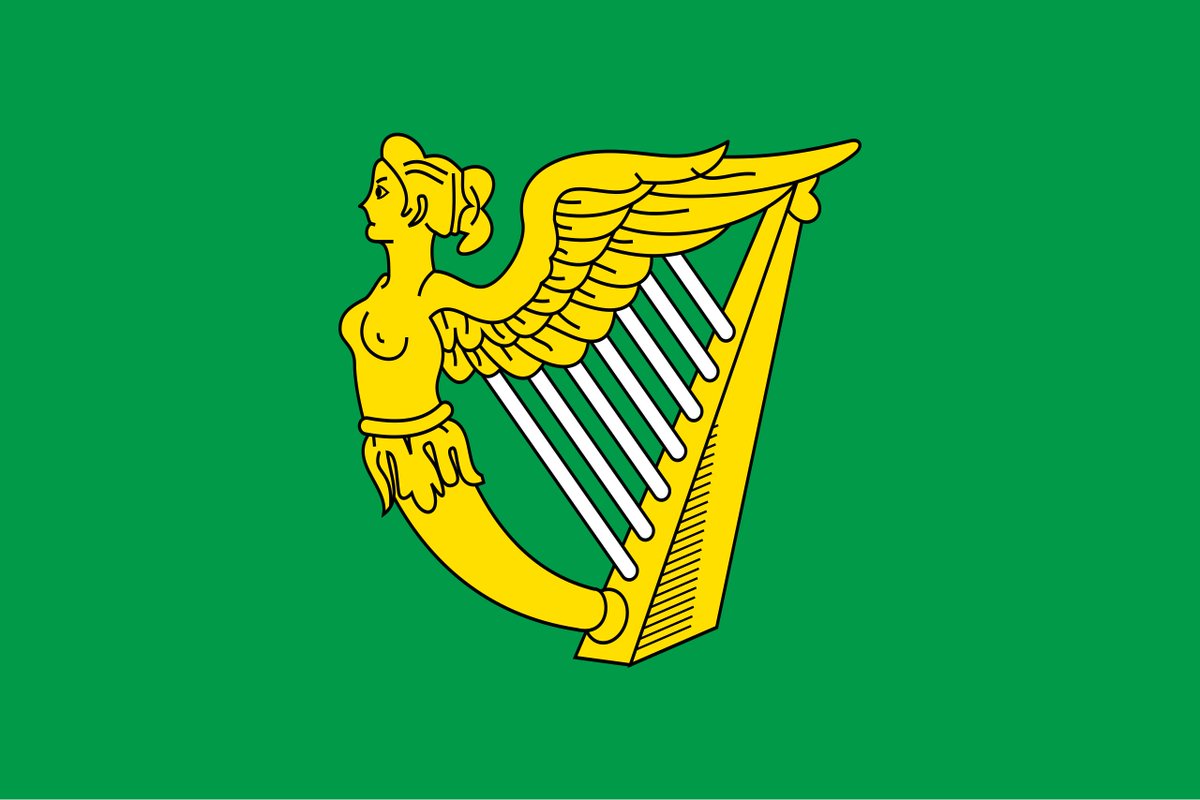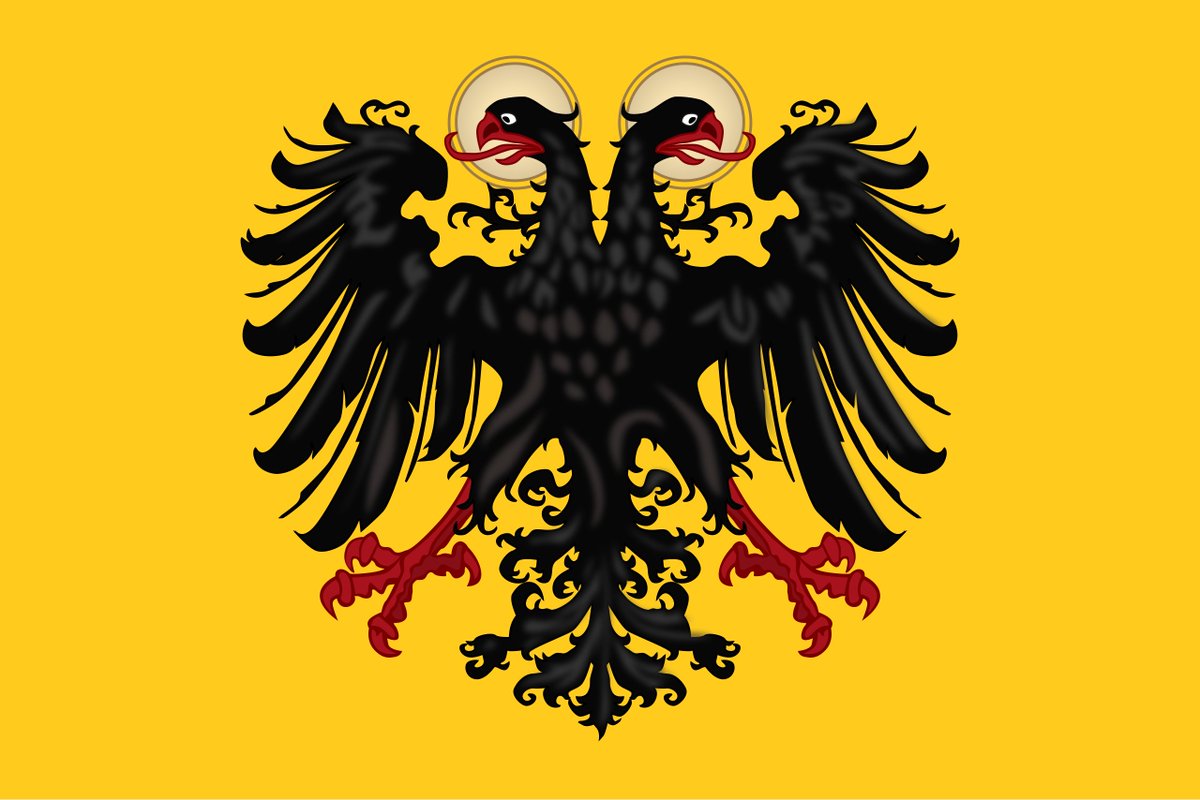One of the great generals who really came from nothing was Peter Melander.
Born in a peasant family and became the supreme commander of the Imperial army in 1647 during the Thirty Years' War following a great military career.
A very ambitious man!
War gave him everything. 🧵



Born in a peasant family and became the supreme commander of the Imperial army in 1647 during the Thirty Years' War following a great military career.
A very ambitious man!
War gave him everything. 🧵



Peter Melander was born in German village of Niederhadamar in 1589 as Peter Eppelmann. His father was a farmer who died soon in 1592.
Following his father's death, Peter moved to Netherlands to live with his childless uncle Johann who was a secretary of Maurice of Nassau.


Following his father's death, Peter moved to Netherlands to live with his childless uncle Johann who was a secretary of Maurice of Nassau.

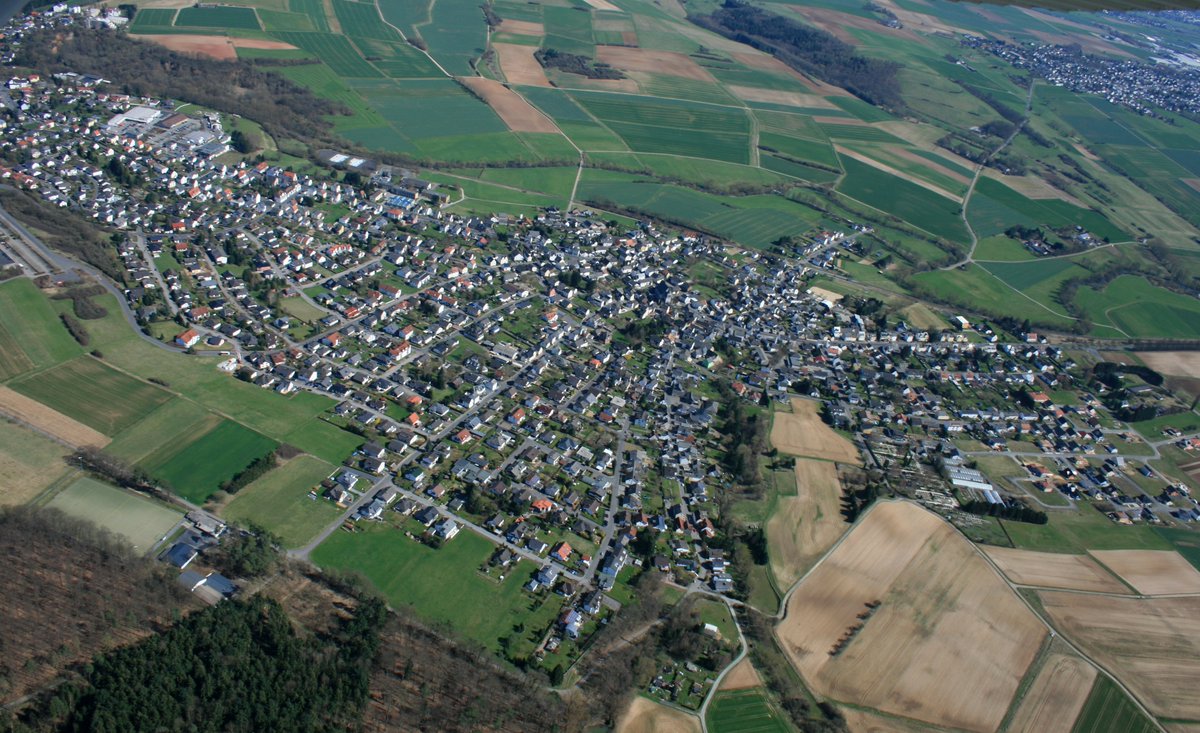
Peter's uncle Johann translated their family name Eppelmann to Greek Melander.
Their family was elevated to knightly nobility in 1606, taking over the name of Holzappel after an extinct noble family from their native region.
They adhered to Calvinist religion.
Their family was elevated to knightly nobility in 1606, taking over the name of Holzappel after an extinct noble family from their native region.
They adhered to Calvinist religion.

Peter Melander was tall and physically imposing and chose a career in military, joining the Dutch army.
He served for the Dutch under John Ernest of Nassau-Siegen and got his first taste of war in his early 20s in the War of the Jülich Succession from 1609-10.


He served for the Dutch under John Ernest of Nassau-Siegen and got his first taste of war in his early 20s in the War of the Jülich Succession from 1609-10.


The Dutch had signed Twelve Years' Truce with the Spanish in 1609. But there were still opportunities to fight elsewhere for ambitious men like Melander.
In 1616 the Republic of Venice requested assistance from the Dutch in the Uskok War against the Austrian Habsburgs.


In 1616 the Republic of Venice requested assistance from the Dutch in the Uskok War against the Austrian Habsburgs.


Melander was part of the Dutch contingent of 3000 men led by Nassau-Siegen sent to assist Venice in their border war against Habsburgs. They arrived in 1617 and were greeted with great joy by the Venetian Doge.
They were soon sent to besiege the Austrian border town of Gradisca.
They were soon sent to besiege the Austrian border town of Gradisca.

But during the siege peace treaty was signed. Nassau- Siegen died of dystentery just before the peace treaty.
Despite the war ending, Melander did not return home. He decided to choose the life of a mercenary and continued serving Venice until 1620 when he entered Swiss service.
Despite the war ending, Melander did not return home. He decided to choose the life of a mercenary and continued serving Venice until 1620 when he entered Swiss service.

Melander was a colonel of a regiment in Basel in 1620 when another opportunity to distinguish himself in war came.
The Valtellina War broke out over control of the Alpine passes which were strategically important to the Spanish because of their "Spanish Road" to Flanders.


The Valtellina War broke out over control of the Alpine passes which were strategically important to the Spanish because of their "Spanish Road" to Flanders.


Melander fought for the alliance of Protestant Grison Leagues with France and Venice against the Papal-Habsburg Catholic alliance.
The conflict ended in 1626.
But another conflict in Italy broke out soon in 1628, the War of the Mantuan Succession.


The conflict ended in 1626.
But another conflict in Italy broke out soon in 1628, the War of the Mantuan Succession.
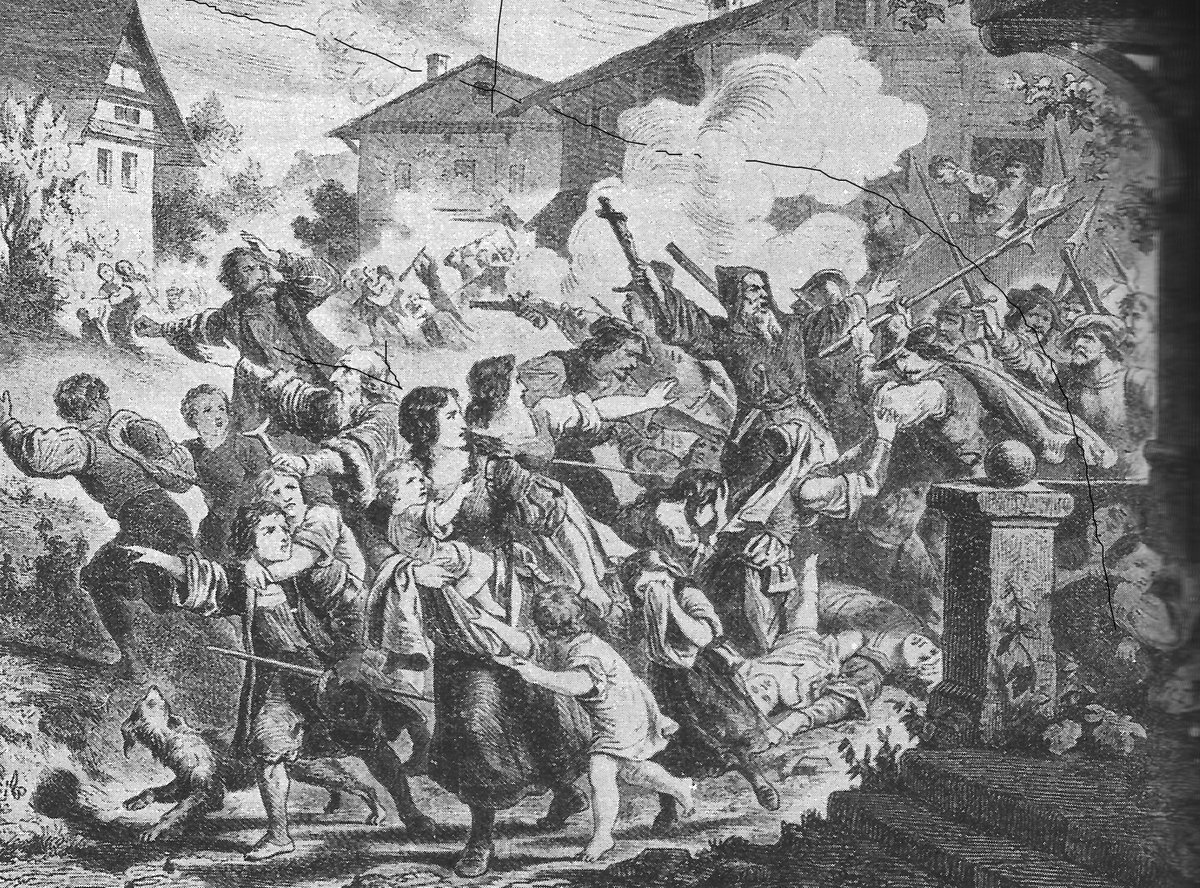

In the War of the Mantuan Succession, which lasted until 1631, Melander once again fought on the side of the French against the Habsburgs.
The French were very impressed with his conduct in war and recommended him to Landgrave William V of Hesse-Kassel.
The French were very impressed with his conduct in war and recommended him to Landgrave William V of Hesse-Kassel.
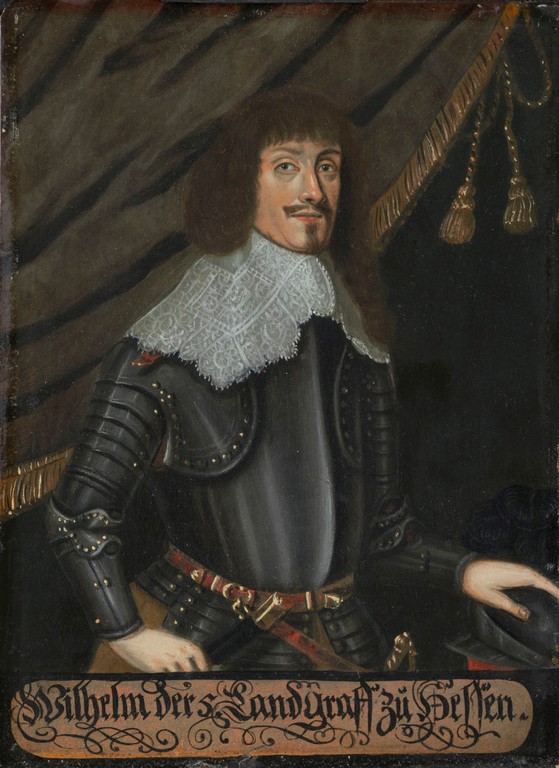
This is where Melander's rise truly began.
Following the French recommendation he was appointed Lieutenant General in the army of Hesse-Kassel which fought on the Protestant side in the Thirty Years' War, taking control over the Hessian troops in joint offensive with Swedes.
Following the French recommendation he was appointed Lieutenant General in the army of Hesse-Kassel which fought on the Protestant side in the Thirty Years' War, taking control over the Hessian troops in joint offensive with Swedes.

Melander didn't need long to prove himself again.
At the Battle of Oldendorf in 1633 the Hessian forces he led in battle were crucial in defeating the Imperial army, winning the Swedish-Hessian Protestant army a hard fought battle that could have gone either way.
At the Battle of Oldendorf in 1633 the Hessian forces he led in battle were crucial in defeating the Imperial army, winning the Swedish-Hessian Protestant army a hard fought battle that could have gone either way.

Further successes followed for Melander in 1634 when he captured Hamm and defeated the Imperial General Bönnighausen in another battle.
But as the Imperial counter-attack was looming, war turned to diplomacy and the Peace of Prague was signed in 1635.
But as the Imperial counter-attack was looming, war turned to diplomacy and the Peace of Prague was signed in 1635.

The Peace of Prague essentially ended the "religious" phase of the Thirty Years' War as German princes were exhausted and looking for peace.
However the foreign powers that had been dragged into the conflict had no intention to stop and the war entered a new phase.


However the foreign powers that had been dragged into the conflict had no intention to stop and the war entered a new phase.


Hesse-Kassel was dragged back into war as well as the Landgrave concluded an alliance with France in 1636.
This meant that Melander's Hessian army would continue to fight against the Catholic Imperial armies.
However the ambitious Melander also had his own interests in mind...


This meant that Melander's Hessian army would continue to fight against the Catholic Imperial armies.
However the ambitious Melander also had his own interests in mind...


In 1637 Landgrave of Hesse-Kassel Wiliam V died and was succeeded by his wife countess Amalie Elisabeth who became regent for their son William VI.
She continued her husband's anti-Habsburg policies and kept Peter Melander as the commander of the army.
She continued her husband's anti-Habsburg policies and kept Peter Melander as the commander of the army.

However Melander was not so keen to continue serving Hesse-Kassel.
Even though he had firm loyalty of the Hessian troops and was greatly paid for his services, he eventually decided to resign the command in 1640 and switched sides, joining the Imperial cause, his former enemies!
Even though he had firm loyalty of the Hessian troops and was greatly paid for his services, he eventually decided to resign the command in 1640 and switched sides, joining the Imperial cause, his former enemies!

This shows that Melander was a man of great ambition, willing to pursue the best path for his own career.
He was definitely also motivated by money.
He once bragged that "he was only to serve great kings who had the means to recompense their faithful servants."
He was definitely also motivated by money.
He once bragged that "he was only to serve great kings who had the means to recompense their faithful servants."

Melander was greatly compensated for his move to the Imperial side. In 1641 he was made the imperial count of Holzappel by the Emperor and in 1642 he was promoted to field marshal.
He was already a wealthy man and this further increased his prestige.
He was already a wealthy man and this further increased his prestige.

In 1643 Melander was rich enough to purchase lands of his former lord John Louis of Nassau-Hadamar who was in financial difficulty.
His rise was astronomical and it was all due to his great skills in war which brought him wealth and prestige.


His rise was astronomical and it was all due to his great skills in war which brought him wealth and prestige.
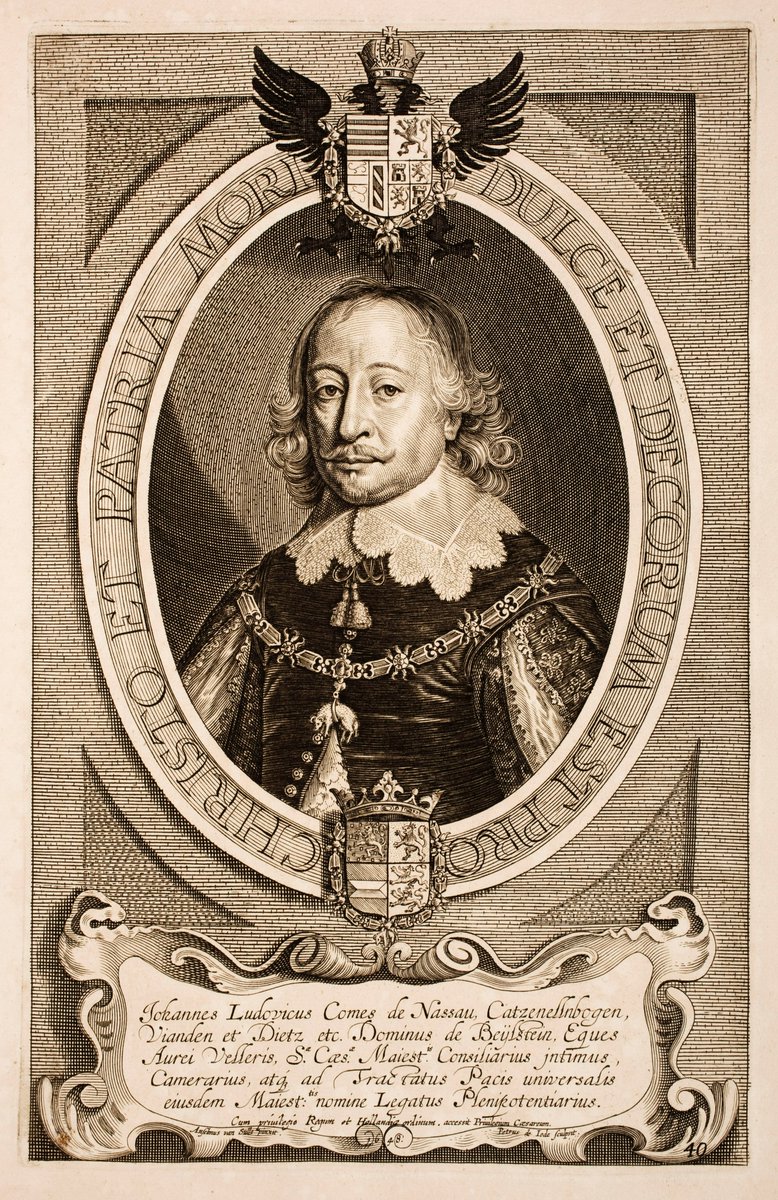

In 1645, Melander's skills were much needed again as the Swedes led by Carl Gustaf Wrangel invaded Westphalia.
And a year later in 1646 he had to fight against his former employers, the Landgraviate of Hesse-Kassel. The same year he also occupied Paderborn.


And a year later in 1646 he had to fight against his former employers, the Landgraviate of Hesse-Kassel. The same year he also occupied Paderborn.


In 1647 the supreme commander of the Imperial army Matthias Gallas died, and Peter Melander was appointed as his replacement.
This was the highest honor he could achieve.
He led the entire Imperial army to Bohemia for the final battles against the Swedes and the French.


This was the highest honor he could achieve.
He led the entire Imperial army to Bohemia for the final battles against the Swedes and the French.


The Battle of Triebl followed where Melander's Imperial army faced the Swedes in an inconclusive battle.
As the war was moving into its last stages, the Imperials took a defensive approach, trying to preserve the army as a big defeat would be devastating for peace talks.
As the war was moving into its last stages, the Imperials took a defensive approach, trying to preserve the army as a big defeat would be devastating for peace talks.

Meanwhile the combined French-Swedish army was eager to try to inflict the crippling blow to the enemy.
In December 1647 Melander was severely injured by a shattered beam in the dining room from a cannon ball during the failed siege of Marburg.
The Imperial army was on retreat.


In December 1647 Melander was severely injured by a shattered beam in the dining room from a cannon ball during the failed siege of Marburg.
The Imperial army was on retreat.


This retreat led to the Battle of Zusmarshausen, the last major engagement of the Thirty Years' War, where one of the Imperial generals Raimondo Montecuccoli performed a crucial rearguard action with 2000 Croat cavalry to prevent the French-Swedish army crossing the Zusam river.






But Montecuccoli's cavalry became encircled by the French, leading Melander to personally assist him in the hurry, not even putting his armor on.
Melander's troops saved the situation, but Melander was shot and died the same day due to wounds.
Melander's troops saved the situation, but Melander was shot and died the same day due to wounds.

Such was the end of this great warrior and commander.
Died in the very last major engagement of the Thirty Years' War.
War gave him everything, but also took everything from him.


Died in the very last major engagement of the Thirty Years' War.
War gave him everything, but also took everything from him.


Sources:
Steffen Leins, "Reichsgraf Peter Melander von Holzappel (1589–1648). Aufstieg eines Bauernsohns als Kriegsunternehmer, Diplomat und Herrschaftsorganisator" in Militär und Gesellschaft in der frühen Neuzeit Vol 14 No 2 (2010) 348–357.
Leopold von Eltester, "Holzappel,… twitter.com/i/web/status/1…
Steffen Leins, "Reichsgraf Peter Melander von Holzappel (1589–1648). Aufstieg eines Bauernsohns als Kriegsunternehmer, Diplomat und Herrschaftsorganisator" in Militär und Gesellschaft in der frühen Neuzeit Vol 14 No 2 (2010) 348–357.
Leopold von Eltester, "Holzappel,… twitter.com/i/web/status/1…
• • •
Missing some Tweet in this thread? You can try to
force a refresh
















